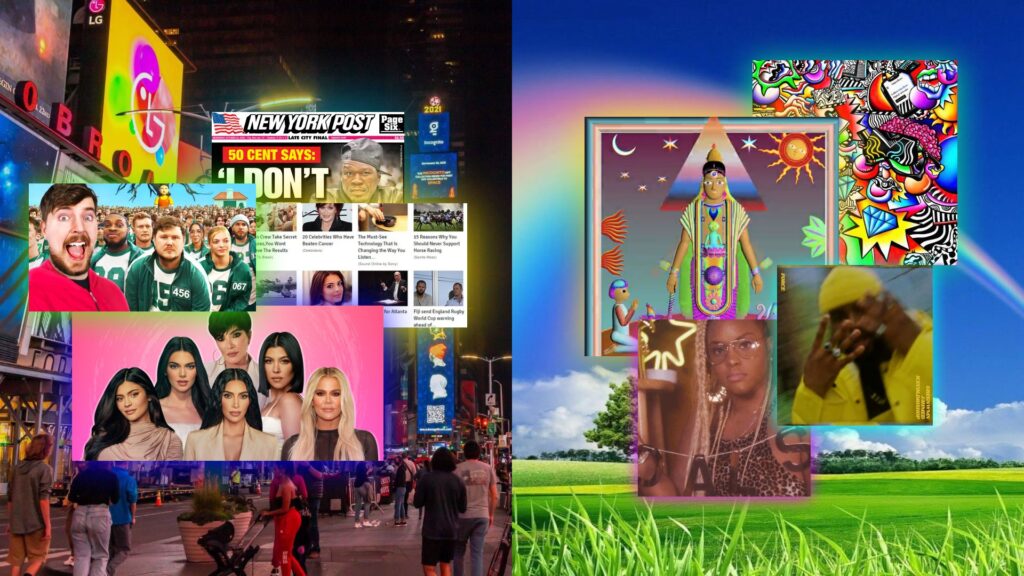The internet is shifting from ads to artifacts
The internet as we know it is built on an ads-based model, with clicks and views as currency. Every major social media platform and search engine has a multibillion dollar ad exchange at its core. These engines match suppliers of ads with consumers paying with their attention. This has led to a predominantly free internet, where people can access vast amounts of information without having to pay more than their attention. However, this system has a major flaw: it creates an incentive for anyone who wants to accrue value to optimize for capturing attention. It turns out that capturing attention for the wrong reasons can be costly.
Clicks are won by capturing as much attention as possible, with no further value required. This means that individuals and organizations are incentivized to grab attention in any way possible to get paid. This leads to the phenomenon of clickbait, where the more shocking, outlandish, and dopamine-inducing the content, the better.

With the advent of NFTs and Ethereum, we now have an alternative value model that is almost diametrically opposed to the ads system. It is possible for content and information to be captured as objects that can be bought, sold, and tracked by collectors, like art in the real world. Its open and permissionless nature means anyone can use it and build on top of it.
Collectors are won by creating a cultural artifact that someone views as important in the current day and potentially more important in the future. This means that individuals and organizations are incentivized to create the most important works possible in order to get paid.
What gets the most clicks may not get the most collectors, and vice versa. Clickbait may garner a lot of attention, but once someone realizes it’s clickbait, they’ll quickly leave the site annoyed. The creator of the clickbait may have been able to produce the content cheaply, but they need to capture a lot of views to make it worthwhile. To make this work at scale, creators need to consistently produce low-quality content and distribute it as widely as possible with little regard for anything other than getting clicks.

We’re only a couple of years into the widespread adoption of NFTs, but there are early indications that:
- NFTs can be used for any form of digital media
- NFTs make it easy to track the provenance of media
- People are willing to collect NFTs
- People are willing to collect things that are relatively unknown
- People are willing to pay a lot to collect

NFTs have allowed creators in art, photography, music, and video to earn more than they have in their social media lifetimes. Often, relatively unknown creators are creating work that is paid many times what they would earn from clicks, views, or sponsorships. While creating something worth collecting requires more work, it can be worth it. It’s more feasible and enticing to create work that’s worth collecting instead of things that will hack the click. In fact, creators may incentivize both, but it’s now more lucrative to convert clicks into collectors by creating something perceived as great. NFTs give creators provenance tools, making it easier to follow proven sources of high-quality information and harder for misinformation or spam to be profitable pursuits.
In a few years, we should see a fundamental increase in the taste and quality of content that dominates our feeds. We can move from an ads-dominated internet to an art-dominated internet.


